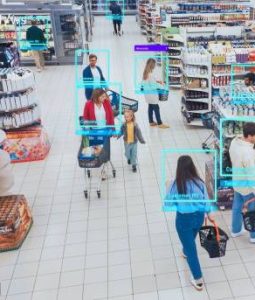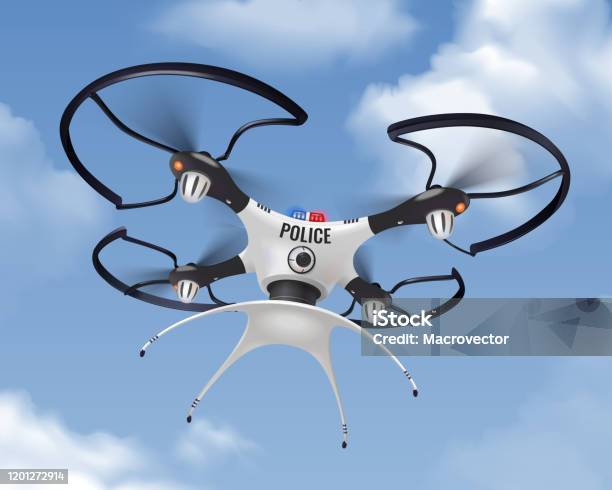
Hijackings, Biometrics, and AI: The
Triple-Threat Shaping Southern Africa’s Security Landscape
Southern Africa’s security challenges have entered
a new phase. E-commerce hijackings, biometric rollouts for social grants, and
AI-powered perimeter patrols are more than headlines—they’re signals of an
evolving risk environment. Here’s what you need to know and how to sharpen your
defenses.
1. Last-Mile Hijackings: A Daily Siege
With South Africa’s online retail market growing 29% in 2023, delivery trucks
and vans now face 20–25 hijacks daily (reuters.com).
High-value parcels make logistics a lucrative target for organized gangs. Armed
escorts and cash-in-transit vehicles have become standard—but even these
experience brazen attacks. GPS trackers and real-time monitoring platforms help
locate stolen vehicles, but success hinges on integration: tether your tracking
data to rapid-response teams and local law enforcement notifications.

1. Last-Mile Hijackings: A Daily Siege
With South Africa’s online retail market growing 29% in 2023, delivery trucks
and vans now face 20–25 hijacks daily (reuters.com).
High-value parcels make logistics a lucrative target for organized gangs. Armed
escorts and cash-in-transit vehicles have become standard—but even these
experience brazen attacks. GPS trackers and real-time monitoring platforms help
locate stolen vehicles, but success hinges on integration: tether your tracking
data to rapid-response teams and local law enforcement notifications.
 2. Biometrics: Fraud . Fighter or Barrier?
2. Biometrics: Fraud . Fighter or Barrier?
SASSA’s biometric mandate for grant recipients—fingerprints and facial scans at
over 1,000 enrollment kiosks—aims to plug loopholes that cost R140 million in
erroneous payments (groundup.org.za). The
system enhances accuracy but risks excluding rural users lacking reliable power
or connectivity. Solution? Deploy hybrid enrollment vehicles equipped with
solar backup and satellite uplinks. Pair biometrics with mobile-ID apps to
broaden access while ensuring compliance with POPIA’s privacy safeguards.

3. Integrated Tech from Securex
Securex South Africa 2025 underscored the shift from discrete gadgets to
cohesive ecosystems (sabuildingreview.co.za).
Key takeaways:
- AI
Video Analytics: Systems that learn patterns, detect anomalies, and
alert security teams in real time. - Drone
Patrols: Automated aerial sweeps that map perimeters, detect breaches,
and relay live feeds to control centers. - Smart
Access Pods: Kiosks combining RFID receipt scans, biometric readers,
and motion sensors to secure entrances and self-checkout zones.
- The Four Pillars of Resilience
To operate in today’s threat climate, follow a four-pillar approach:
- Detection:
Layered sensors (CCTV, drones, motion detectors) feed into unified
dashboards. - Denial:
Harden perimeters with electrified fencing, reinforced doors, and
biometric locks. - Response:
Automate alerts to on-site teams and integrate with local patrols for
swift action. - Recovery:
Maintain redundant power (solar + UPS), schedule routine drills, and
perform quarterly audits.
- Human-Tech Synergy
Advanced tech without skilled personnel is shelfware. Invest equally in
training: tabletop exercises, device-specific workshops, and incident-response
simulations. Encourage cross-functional teams—IT, facilities, and security—to
collaborate on threat modeling and protocol updates.